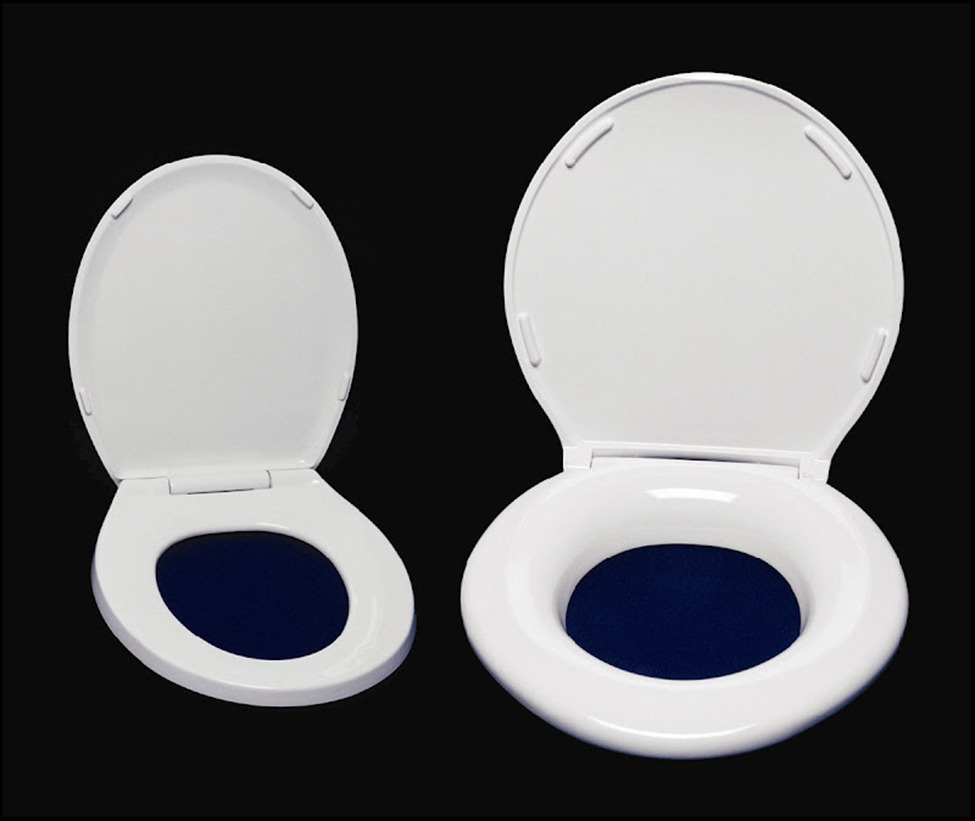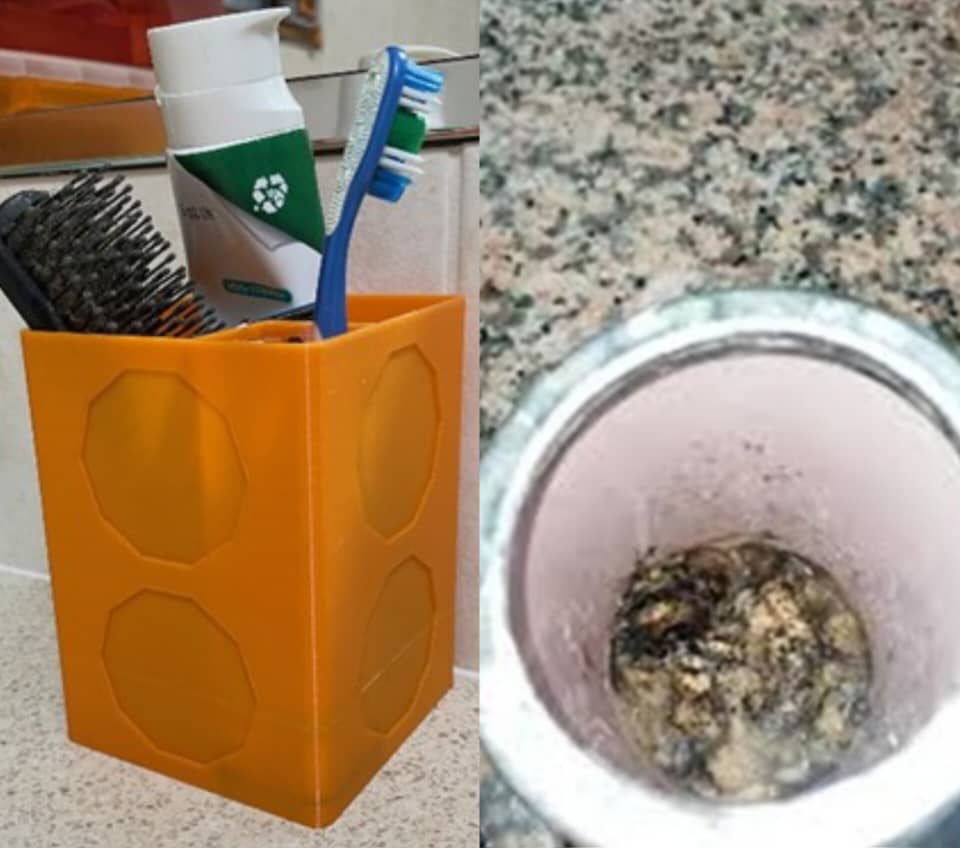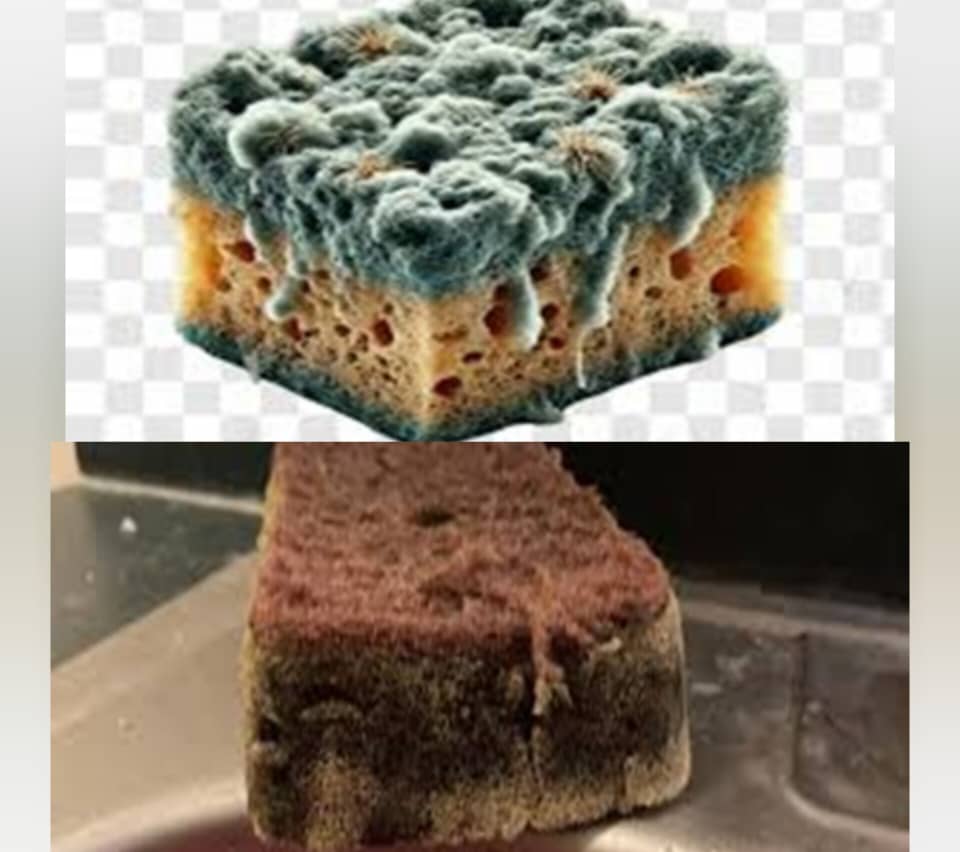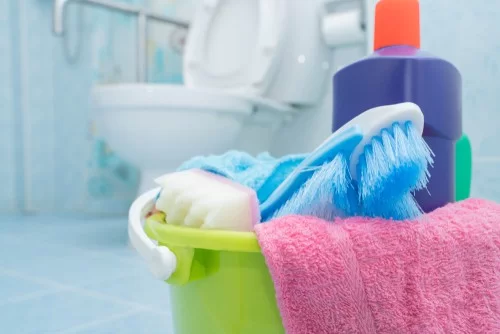WARNING: The Real Reason Your Bathroom Still Stinks Even After You Clean It (Not For Sensitive Readers)
“This…” said Dr. Takeshi Yamamoto, a lead researcher, “…is what is actually hiding in almost every bathroom. Your eyes won’t see it, but your nose will always tell.”
Harvard researchers found that 90% of homes still harbor dangerous bacterial colonies even after thorough cleaning.
These invisible threats are hiding in the exact places you thought were cleanest.
Here’s what scientists have found.
Recently, CDC researchers found that proper cleaning could prevent 500,000 deaths annually from infections caused by these invisible pathogens.
Bathroom odors can be caused by invisible pathogens and bacterial growth in unexpected places. Poor ventilation, plumbing issues, and hidden leaks can contribute to unpleasant smells. Regular cleaning and disinfecting can help reduce bacterial growth and odors. Proper maintenance of toilet areas, including the bowl, cistern, and rim jets, is crucial. By addressing these issues, you can keep your bathroom fresh and hygienic. Proper cleaning can even prevent infections and save lives.
HERE ARE 3 REASONS YOUR BATHROOM COULD SMELL BAD EVEN AFTER CLEANING IT
- Toilet flushing creates a 6-foot contamination zone where urine particles land on the toothbrush and surfaces you touch daily.

You might think you have flushed everything after using the bathroom, but here are some bacteria still hiding in places you never even imagined and in sizes your eyes cannot see. Bathrooms can harbor bacteria, posing health risks. Toothbrushes and towels can accumulate germs. Sinks and toilet handles are also breeding grounds. Regular cleaning and disinfecting can help.
Store toothbrushes upright and wash towels frequently. Practice good hand hygiene, especially after bathroom use. Keeping surfaces dry and improving ventilation also helps. By taking these steps, you can reduce bacterial growth.
- 64% of toothbrush holders contain mold or yeast compared to only 27% of toilet seats.

Toothbrush holders can be a surprising source of bathroom odors. Mold and yeast thrive in damp environments, accumulating on holders. When toothbrushes are stored in contaminated holders, bacteria and germs can transfer to the brushes. This can lead to unpleasant odors and potentially affect oral health.
Regular cleaning and disinfecting of toothbrush holders can help prevent mold and yeast growth. Allowing holders to air-dry thoroughly is also essential. By maintaining clean toothbrush holders, you can reduce bathroom odors and keep your oral hygiene routine fresh.
Don’t overlook this often-neglected area in your bathroom cleaning routine. Mold and yeast can cause allergies and infections too. Keep your toothbrush holder clean to keep your bathroom smelling fresh.
Replace holders regularly for optimal hygiene. Clean toothbrush holders contribute to a healthier bathroom environment. Regular maintenance is key to preventing mold and yeast growth.
- Your cleaning sponge harbors 45 billion microbes per square centimeter. it makes 200,000 times dirtier than your toilet seat

Cleaning sponges in bathrooms can be a breeding ground for bacteria and odor-causing microorganisms. The damp environment and presence of organic matter like soap scum and hair create an ideal setting for germs to thrive. As a result, these sponges can become a source of unpleasant odors and even cross-contaminate other surfaces.
To combat this issue, it’s essential to sanitize sponges regularly. Soaking them in a bleach solution or vinegar can help kill bacteria and reduce odors. Additionally, replacing sponges frequently, ideally every 1-3 months, can prevent the buildup of germs.
Allowing sponges to air-dry thoroughly after use can also help prevent bacterial growth. By adopting these simple habits, you can keep your bathroom sponges clean and hygienic, reducing the risk of unpleasant odors and germ spread. Regular maintenance of cleaning sponges is crucial for a cleaner and healthier bathroom environment.
By Emmanuella Antwi






